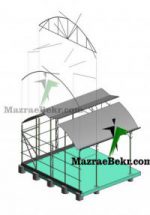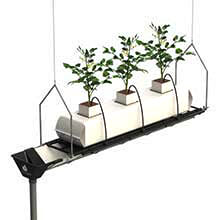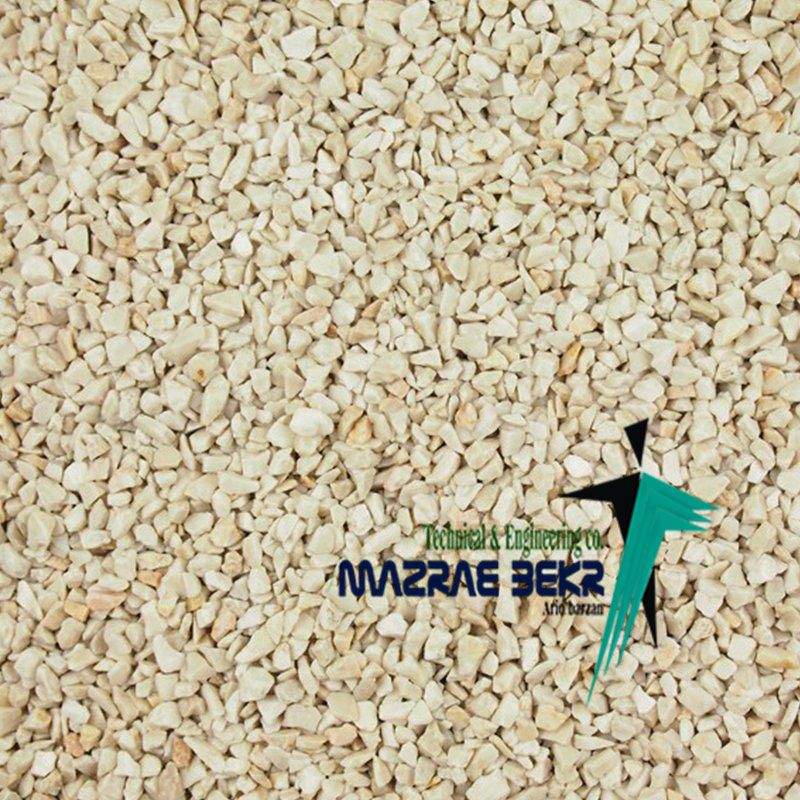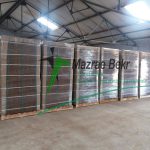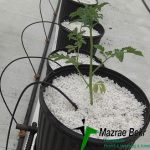Applications of culture medium
In this article, we will address the issue and the question of the Mazrae Bekr greenhouse company: What is a culture medium and what is its use? In the following, we will examine their types as well as their application and benefits. Mazrae Bekr Greenhouse Company is able to meet the needs of its customers in the field of greenhouses and greenhouse construction by considering all the facilities at the best level of quality. Join us to learn more about the types of culture media and its impact on costs and profitability.
Types of culture medium
There are different types of culture media, including Cocopeat, coconut chips, perlite, vermiculite, peat moss; In this section, we will get acquainted with the application and characteristics of each. We must first say what effect the use of culture media has on the costs and profitability of your products. If you use these platforms, your purchase costs may increase. But you should also know that this saves water and fertilizer. The most important feature of using culture media is that it drastically reduces soil water consumption.
Perlite
Perlites are a type of volcanic rock with an acidic composition. These materials are formed in humid environments or water. These perlites have a glassy texture and have a spherical appearance due to the presence of water. The most important reason for using perlite in soil is air balance, and due to the lack of cation exchange, it cannot hold food in the form of ions. It can absorb and store up to four times its own weight in water.
Perlites are formed from the cold lava of a volcano. They turn white and in some cases gray. You cannot find any minerals in perlites. These substances can increase water storage three to four times. It is mostly used to improve the structure of soil physics as well as oxygen supply and soil air conditioning.
Sandy soils have two major drawbacks; Firstly, they do not have the ability to absorb and retain water, and secondly, because they are black, they soon become hot in the sun. Using perlite for sandy soils can solve these two problems. Perlites have the ability to absorb and retain water, and also because of their white color, they prevent rapid heating and burning of the plant.
Clay soils also contain fine sticky particles that cause severe suffocation and root rot of your plant. Perlites will lead to the exchange of oxygen and air reaching the plant roots by creating space between the clay particles. Perlite can be poured into the bottom of the pot instead of pottery pieces, which can be well drained.
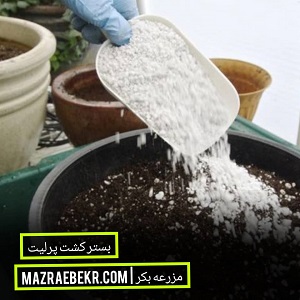
Peat moss
Peat mosses are a type of moss that is sometimes called peat moss. Basically, these materials are mostly used in winter and cold regions. Especially for plants that are large and difficult to survive in cold regions. Once the peat moss is rotted and grassy, it is used as a soil and root improver after compaction. These materials have a high capacity to absorb and absorb and store food.
In sandy soils, they are used as a substrate for plants that need a lot of water, and they can also be used for home pots. Organic matter is abundant in peat moss and by placing these substances between the soil, this feature is added to the soil. Another application of this material is for hard and heavy soils. This means that these materials can loosen your hard soil. Other benefits include helping to integrate light and sandy soils, maintaining fertilizer and preventing leaching, and protecting against erosion.
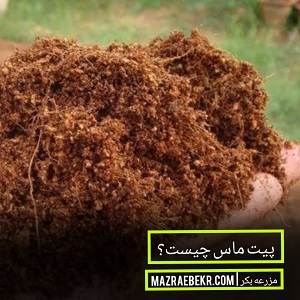
Humus
Humus is an organic part of the soil. It is created from the remains of animals and plants in the soil and their analysis. So that after combining these materials with the soil, it will not be possible to separate or even distinguish it from the soil. This substance darkens your soil and increases the rate at which water and nutrients reach the roots of the plant. These substances are very rare in the deserts, but instead they are very abundant in garden soil. Humus increases soil water and the space between particles and is very useful for plant growth.
Vermicompost
The term consists of vermicompost and compost, meaning earthworms and organic matter. In the general sense of the word, it means organic matter that is created by the activity of earthworms. There are about 3,000 models of earthworms in the universe around us that feed on the nutrients in the soil and then combine them with enzymes in their bodies. As a result, soil fertility increases. These worms also move the particles in the soil, creating gaps that lead to the transfer of oxygen and its delivery to the plant roots. So this case is also effective in regulating soil air.
Vermicompost production is a semi-aerobic process performed by specific species of worms, fungi, bacteria, and actinomycetes. A collection of worm droppings along with decomposed organic matter as well as worm carcasses that have great nutritional value for the plant.
The process of making compost is very simple and experienced people can make it at home or on farmland. Composting is an old method of recycling materials and is produced from a combination of food and edible residues.
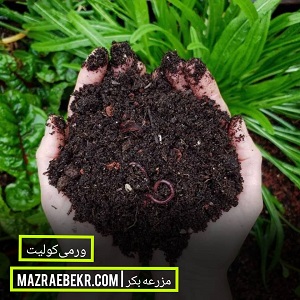
Coco peat
Cocopeat is also a type of culture medium that is prepared from fibers and coatings on coconut skin. Coco peas are marketed compactly and the buyer must mix it with water when using it. In this way, you receive 15 liters of wet cocopeat for each kilogram of cocopeat. But what are the benefits of using cocopeats for the farmer? Coco peat has a higher water holding capacity than peat moss. As a result, it is suitable for low water areas.
Cocopeat is slightly acidic, however it is very suitable for plant growth. This substance increases soil porosity, loosens hard soils and is one of the most natural air conditioners for soil and plants. It should also be said that this substance is useful against a variety of fungal bacteria and does not allow them to grow in the soil you want. Cocopeat can be used as a suitable soilless culture medium in hydroponic cultivation. This substance is used in hydroponic greenhouses, especially for growing ornamental flowers and vegetables. This substance is completely organic and you should know that it will not have any negative impact on the nature around you. Cocopeats can be used and returned for up to 4 years, but will decompose within 10 years.






